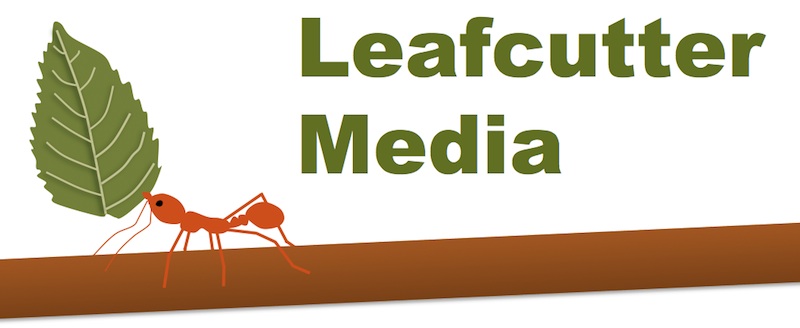You might have heard of Writing to Learn, but what about Drawing to Learn?
Kim Quillin and Stephen Thomas recently published an article in CBE–Life Science Education that promotes the use of drawings to help students learn biology (especially “model-based reasoning”). I was intrigued by this idea, because I can’t draw very well, and I know many of my students feel the same way. Can drawings be useful, even if they’re terrible?
The article is rather lengthy, as it spends quite a bit of time exploring the definition of “drawing” and explaining why instructors should ask students to draw. This blog post therefore does not do justice to the article; it contains a lot more information than I could include here. All I can do here is to draw (pun intended) your attention to a few highlights.
Around the halfway point of the article, the authors suggest practices for teaching drawing in biology; I especially liked the tables with examples of how instructors can reduce student anxiety about drawing. For instance, when a drawing is not intended to be an accurate representation, the authors suggest that instructors “Explicitly define expectations to assuage students concerns about their drawing ability” with the following statement: “Don’t worry if you are not good at drawing. All you need to do is make a simple stick figure …”
Toward the end of the article is a section entitled “How can drawing-to-learn be made more practical for instructors?” Skip to this section, which begins on page 10, if you want a quick-and-dirty set of ideas for using drawings in your biology class. Table 9 is especially impressive, as it proposes assignments at six Bloom’s levels for five categories of drawings (mitosis/meiosis, cell structures, phylogenetic trees, concept maps, and graphs). Those 30 simple assignments are worth the price of admission.
Still waffling? In table 10, the authors propose 12 solutions to three categories of challenges that might keep instructors from implementing drawing-to-learn in their courses. Overall, they present a convincing case. So what are you waiting for? Tell your students to grab a pencil, pen, or tablet — and start drawing!
———
Reference: Quillin, Kim and Stephen Thomas. Spring 2015. Drawing-to-Learn: A Framework for Using Drawings to Promote Model-Based Reasoning in Biology. CBE–Life Sciences Education Vol. 14, 1–16. DOI:10.1187/cbe.14-08-0128


